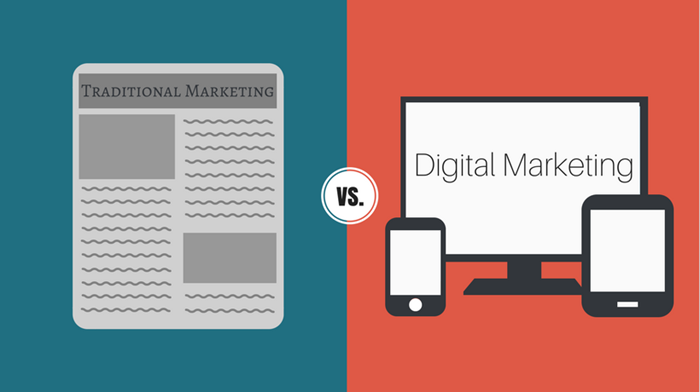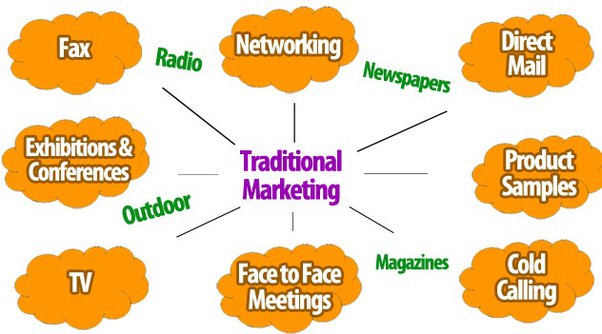Choosing the right marketing strategy for your business involves a careful assessment of your goals, target audience, resources, and competitive landscape. Here’s a step-by-step guide to help you make an informed decision:
Define Your Goals:
Start by defining your marketing goals. Are you looking to increase brand awareness, generate leads, drive sales, or improve customer retention? Clarifying your objectives will guide your marketing strategy and help you measure success.
Know Your Audience:
Understand your target audience’s demographics, preferences, behaviors, and pain points. Conduct market research, analyze customer data, and create buyer personas to gain insights into your audience’s needs and motivations. Tailor your marketing strategy to resonate with your target audience effectively.
Assess Your Resources:
Evaluate your budget, manpower, expertise, and technology infrastructure available for marketing efforts. Determine how much you can allocate to marketing activities and identify any constraints or limitations that may impact your strategy.
Understand Your Competitive Landscape:
Research your competitors’ marketing strategies, positioning, strengths, and weaknesses. Identify gaps or opportunities in the market where you can differentiate your business and gain a competitive advantage. Consider how you can position your brand effectively in the marketplace.
Consider Different Marketing Channels:
Explore various marketing channels and tactics that align with your goals, target audience, and resources. This may include digital channels such as social media, email marketing, search engine optimization (SEO), content marketing, pay-per-click (PPC) advertising, and influencer marketing, as well as traditional channels such as print advertising, direct mail, and events.
Evaluate Channel Effectiveness:
Assess the strengths, weaknesses, opportunities, and threats (SWOT analysis) of each marketing channel based on factors such as reach, engagement, cost-effectiveness, and conversion rates. Consider the unique advantages and limitations of each channel and how they complement each other in your overall marketing mix.
Test and Iterate:
Start with small-scale tests or pilot campaigns to evaluate the effectiveness of different marketing strategies and tactics. Measure key performance indicators (KPIs) such as website traffic, lead generation, conversion rates, and return on investment (ROI) to determine which approaches are delivering the best results. Continuously monitor and analyze performance data to optimize your marketing efforts over time.
Seek Expert Advice:
Consider consulting with marketing professionals, agencies, or advisors who can provide strategic guidance, industry insights, and best practices tailored to your business needs. They can help you navigate complex marketing decisions, identify growth opportunities, and execute effective marketing campaigns.
Stay Agile and Adaptive:
Remain flexible and open to adjusting your marketing strategy based on changing market conditions, consumer trends, and performance feedback. Continuously monitor industry developments, competitor activities, and customer feedback to stay ahead of the curve and adapt your approach as needed.
Measure and Iterate:
Finally, establish a system for measuring and analyzing the performance of your marketing efforts regularly. Use data-driven insights to refine your strategy, optimize your tactics, and allocate resources more effectively. By continuously learning, experimenting, and improving, you can ensure that your marketing strategy remains aligned with your business goals and delivers tangible results over time.
By following these steps and taking a systematic approach to choosing the right marketing strategy for your business, you can maximize your marketing effectiveness, drive business growth, and achieve long-term success in today’s competitive marketplace.









